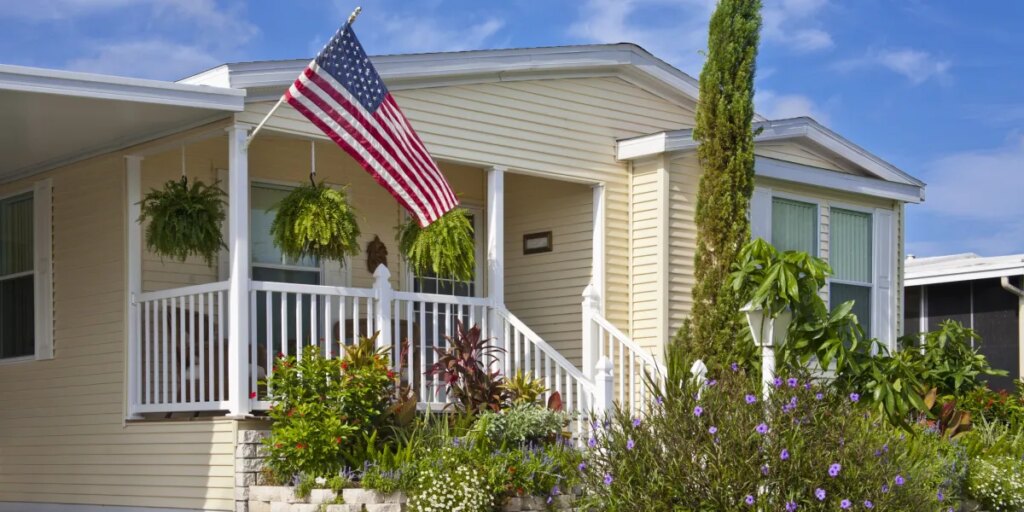
The U.S. housing market crisis has been marked by tight inventory and high prices, but two economists pointed to a source of affordable homes that could be unlocked by amending a federal law from 1974.
More precisely, the elimination of five words from the National Manufactured Housing Construction and Safety Standards Act would boost demand for and the availability of manufactured homes, according to Lee Ohanian and James Schmitz, who are economists at UCLA and the University of Minnesota, respectively.
In an op-ed in the Washington Post on Tuesday, they said amending the law to remove the requirement that manufactured homes must be “built on a permanent chassis” would make them more attractive to consumers, save them money, and be safer, providing a “first step in bringing back this once-popular housing alternative.”
Just before passage of that law, 1 in 3 single-family homes that were produced in the U.S. were manufactured, meaning they were built completely in a factory and delivered to customers on a wheeled chassis. They were so popular, the economists said, that in 14 states during the early 1970s, at least half the homes were manufactured.
After receiving the manufactured home, buyers would typically discard the chassis and attach their new dwelling to a permanent foundation. But the 1974 law meant the chassis had to stay on the home, making them less aesthetically appealing to consumers while the stigma grew against living in a “mobile home” in a “trailer park,” Ohanian and Schmitz explained.
And not being able to fix manufactured homes to a permanent foundation made them less safe in severe weather like tornados, they added.
“These factors led to significantly lower demand (and production levels) for manufactured homes, and reduced sales led to higher prices,” the economists said, pointing out that only 9% of new single-family homes today are manufactured homes despite being 52% cheaper per square foot than a traditionally built home.
Removing the requirement for a permanent chassis would also make it easier to finance a manufactured home, they said. Because they can be moved, private mortgages are generally unavailable for manufactured homes and instead are often financed like cars, which have higher interest rates.
Ohanian and Schmitz calculated that consumers would save about $175,000 with a manufactured home if they bought one that was the average size of new home (2,559 square feet), describing that as “nothing short of a game changer for home affordability.”
Rep. John Rose (R-Tenn.) has submitted legislation to delete the permanent chassis requirement from the 1974 law, the economists pointed out.
“Congress should pass that bill,” they said. “It could transform the dream of homeownership for millions of Americans into reality.”
Meanwhile, the housing market continues to suffer from a dearth of supply. Realtor.com has estimated that there are 36% fewer homes for sale now than before the pandemic. That’s as the recent surge in mortgage rates created a lock-in effect where homeowners with low rates are unwilling to sell their current home and buy another one at a much higher rate.
High rates have also slowed the construction of new homes, which has been a steady source of fresh housing supply while the inventory of existing homes stays tight.
